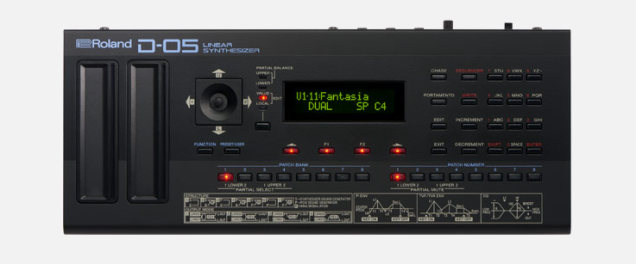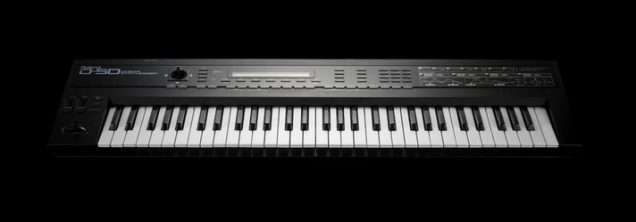 A whole load of Christmas has come early this year. Not just new Panasonic and Sony cameras.
A whole load of Christmas has come early this year. Not just new Panasonic and Sony cameras.
Probably the most exciting music tech news since the ’80s is the release of the Roland D-05 as part of Roland’s Boutique series.
The D-50 holds a more than a special place in my heart as the first synthesizer I owned. After years of obsessive scanning of Top of the Pops for glimpses of Yamaha DX7s and imagining ‘they really made all those sounds’, I walked into a now long-gone keyboard store in Brighton with the sole intention to pick one up, only to be ushered straight to the D-50 perched on the wall. The additions of a Roland D-110, Roland R-8m and an Atari ST running Steinberg Pro24 etc. etc. followed soon after.
The D-50 blew my mind. The sound was incredible. By all reports it complimented the Yamaha DX7 when mixed together. Despite the digital user interface I studied the manual, learnt Japanese and synthesis, and attempted to edit and program new sounds. Later on it was permanently plugged into the back of an Ensoniq ASR10 through its gorgeous effects stuck on a delay/chorus/reverb patch. I edited the preset 51 Glass Voices (already one of the best filmic pad sounds ever) – I have not come across a better pad sound since. When I say ‘pad sound’ I guess I mean an epic expressive digital orchestral string vocal sound that you’d hold and drift off into space. Another melancholy pad sound I programmed was named after an old flame. Laugh if you want.

One of the biggest regrets I have is selling my D-50…to provide funds for a camera. Someone should have slapped me. It was the finest of instruments, one of the best keyboard actions I’ve played. It had happily molded the sounds of my imagination and become part of me.
Now and then I glance through eBay in the hope I might find it back up for sale in it’s silky lined transport case and…say a prayer…with all my original presets still on board.
One could go for Roland’s software D-50 audio unit only available on their Roland Cloud. A massive shame for those who are not up for paying another monthly sub for a load of things they don’t have time to fully appreciate beyond the presets. Logic X can cause pangs of synth AU neglect guilt. How many times have you heard a music producer saying learn one instrument inside out and make it yours.
Here’s a great info & D-50/D-05 comparison video.





